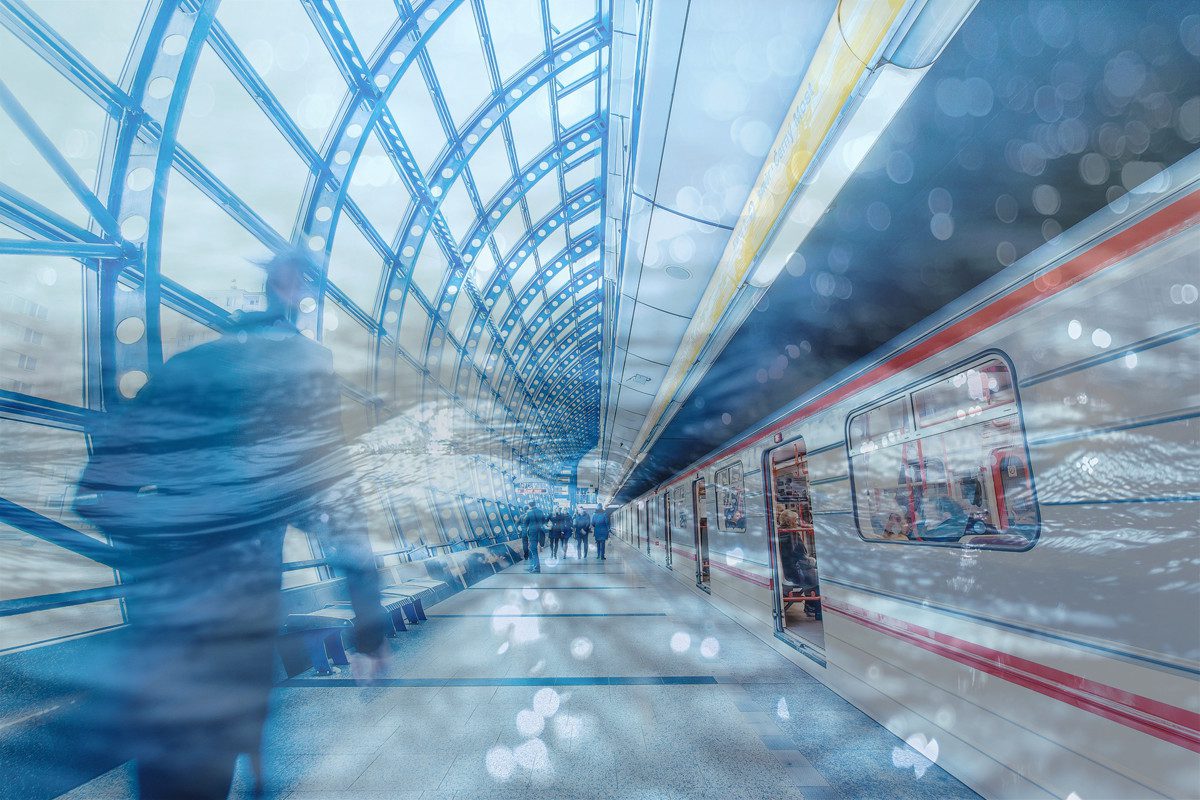East-West Metro Railway, touted to be India’s first under-water train line, will run between Kolkata’s tech hub of Salt Lake Sector V and the Yuva Bharati Krirangan — a portion of the 16.60 km corridor — on February 13. As per railway minister Babul Supriyo, the train will cover a five-km truncated route. The much-awaited project is expected to significantly reduce travel time and cost.
“It has been decided that the Metro will start its services from February 13,” said Supriyo. Railway Minister Piyush Goel will be inaugurating the second metro line in the city. Presently, the city is connected by one metro line running between Dum Dum in the northern suburb to Garia in its southern outskirts.
Once fully operational, the metro will run between Salt Lake’s Sector V to Howrah Maidan. While 5.8 km of the 16.60 km is the elevated corridor, 10.8 km will run underground. 520-meter twin tunnels are a part of the stretch that runs below the 460-meter Hooghly river.
A technological marvel
This will bring East-West corridor India’s at par with Eurostar, which connects London and Paris. The technological marvel will involve a number of ‘firsts’ as claimed on the official website of Kolkata Metro Rail Corporation (KMRC). The train will be traveling more than a 10-storied building below the water surface for almost half a kilometer across the Hooghly.
“The reinforced concrete segmental tunnel linings have a thickness of more than a quarter of a meter and are caulked with a composite gasket of neoprene and hydrophilic rubber to seal the tunnel from ingress of water. This marvel of modern technology is a resounding first in India as well as a rare venture worldwide (sic),” says the KMRC website.
The project which is often compared to Eurostar, which connects Paris and London, was made possible by the use of almost 2-story-high boring machines. It bore up to 15 meters in a day, excavating up to 500 cubic meters of sand every day, even as life continued as normal on the surface.




